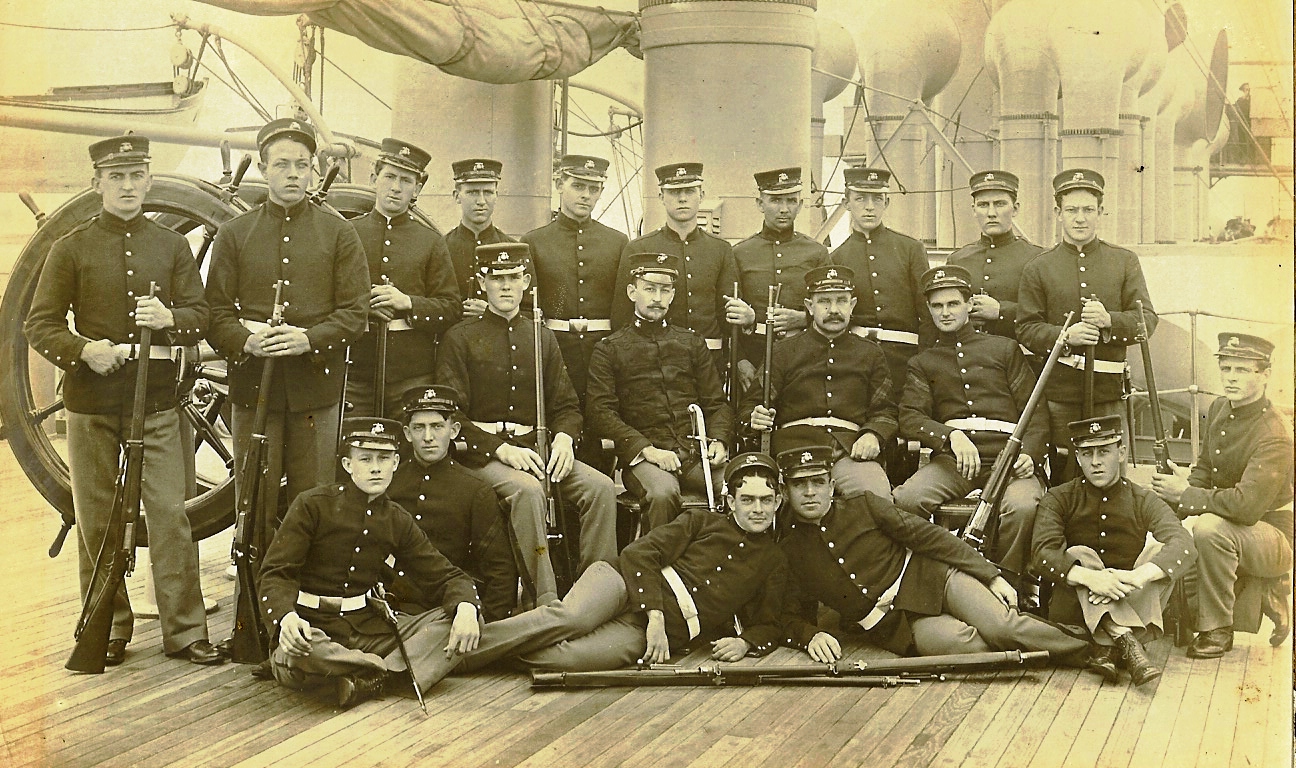
Don’t y’ sometimes get t’ wishin’,
Fer th’ good old days at sea,
Can’t y’ hear th’ bow waves swishin’,
An’ th’ windward scuppers dishin’,
Seas she took so handsomely?
- The first stanza of “Shipmates” by Burt Franklin Jenness
The Marines assigned to the U.S. Asiatic Fleet or its predecessors the East Asian Squadron and Asiatic Squadron, were the original China Marines. Sailing aboard warships they hovered around the great ports of China, occasionally landing to combat piracy or protect American citizens and their interests. Normally Marines were assigned to battleships, cruisers and larger gunboats (see the gunboat section). Following the Boxer Rebellion the US Asiatic Fleet consisted of several battleships, treaty cruisers, monitors and gunboats. In 1906 the battleships returned stateside and were replaced by a squadron of armored cruisers. In turn, around 1910 the armored cruisers were replaced by a single heavy cruiser, light cruisers, destroyers and submarines through 1941. The normal yearly cycle of activity for the fleet had them sailing up and down the Chinese coast spring through summer, with extended stays during July and August at Chefoo. By December the majority of the fleet would return to the Philippines to conduct target practice after the New Year. Normally, Marines on these larger vessels served as the gun crew for one piece of secondary armament, sparking intense competition between the Marines and Navy gunners to earn the coveted “E” badge for gunnery excellence. Click here for images from Pvt Clarence Harvey’s 1912-14 China cruise aboard the USS Cincinnati. Despite their fighting abilities, these ships were not always comfortable. Late summer typhoons could send so much water into a ship that the men would have to walk in bare feet for days below deck. Lying at anchor in the furnace-like heat of a Yangtze River summer could leave them feeling listless. Furthermore, the ships smelled so bad that Marines like Pvt Harvey spent their entire cruise sleeping wrapped up in ponchos topside…despite rain, snow or the stray artillery round from the second Chinese Civil War!
Many times the ships of the fleet would sail independently of each other only to rendezvous occasionally at a selected port. If the men were lucky they would have access to a Navy YMCA, such as at Hankow, Shanghai or Chefoo. The Y would offer crew organized trips, good food, reading materials from home as well as American cooked meals. Other times the crew made do with hosting the crew of another nation’s ship for a “smoker” that usually included sporting activities, meals, a dance or talent show. Obviously for the Marines, cruising from port to port for extended periods could reduce fighting proficiency. Therefore whenever possible Marines would go ashore to practice landing drills or formation marching- the Shanghai race track proved an ideal location for close order drill. In addition while summering at Chefoo, the Navy would rent a small island- Kentucky Island, to allow the entire Fleet Marine Force an opportunity to maintain their field skill proficiency for weeks at a time.
A quick word should be included about the relationship between sailors and Marines. According to Richard McKenna, author of the novel the Sand Pebbles, their relationship could be summed up as one of mutual hatred. Historically, the average sailor was not considered to be an upstanding member of society, and according to a number of Naval officers during the Nineteenth Century those enlisting in that service could only be kept in line through flogging. When that avenue of punishment was taken away by a reform minded Congress, naval officers turned to their Marine detachments as enforcers of discipline. MacKenna noted, that under that system many a unruly sailor, while under Marine escort would “fall down” ladders on the way to the brig. But over time reforms within the Navy, efforts to recruit better sailors, and an expansion of the Marines mission did much to take away some of the overt hostility felt by each group. And yet even during the China Marine period relations between sailors and Marines could remain cold. Some of this rivalry was expressed in the Walla Walla magazine when sailors and Marines were preparing to square off in athletic contests. Yet keenly aware of the friction that existed between the two sides, one cartoon in Walla Walla showed a sailor and Marine brawling on a Shanghai street when a western civilian attempted to break them apart. The next panel of the cartoon showed them jointly turning on the civilian and beating him. The final panel had the sailor and Marine walking away arm in arm toward a bar. The lesson, they may occasionally fight each other but at the end of the day they were brothers in arms.
Since the political situation in China was so unstable before WWII, several companies Marines normally based out of the Philippines, Guam and even the West Coast of the United States could be quickly formed into an expeditionary force to rapidly respond as required. Initially this type of expeditionary force was usually embarked aboard a small transport ship such as the USS Rainbow. The best example of this type of operation was Major Philip Bannon’s China Expeditionary Force that sailed up and down the coast of China in response to the 1911 revolution. Other expeditionary activities occurred in 1922, 1924, 1927 and of course in response to the 1932 and 1937 battles for Shanghai.
Finally it should be noted that the CinC of the Asiatic Fleet was the nominal commander of all Marine forces in and around China. This would have included some degree of command and control over the Legation Guard as well, although that Marine force also served under the direction of the US Minister to China.
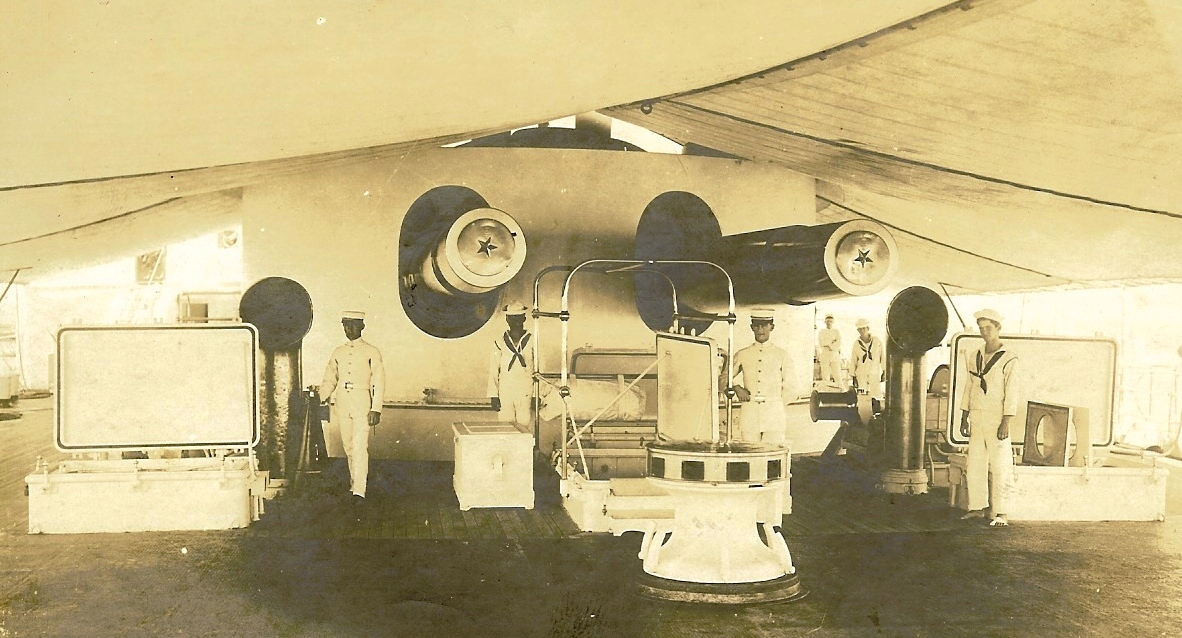
Sailors and Marines onboard the USS Kentucky
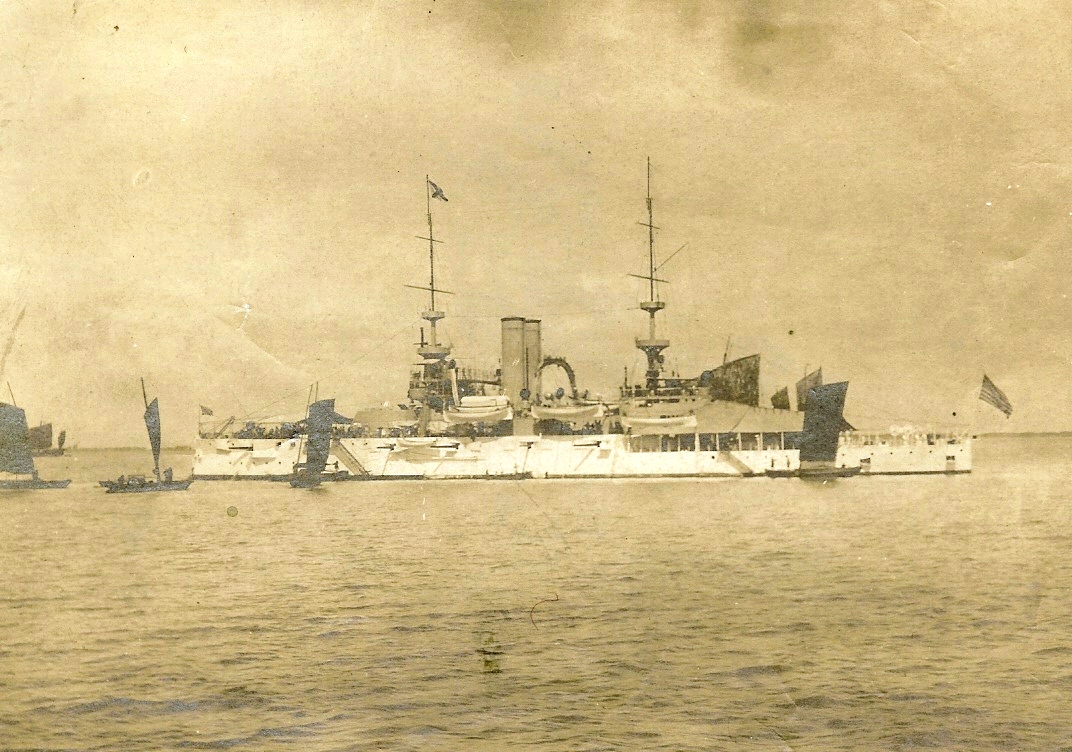
The Battleship USS Wisconsin c.1905, off Chefoo.

The Armored Cruiser USS Saratoga, Flagship of the Asiatic Fleet, Shanghai. c.1912-13
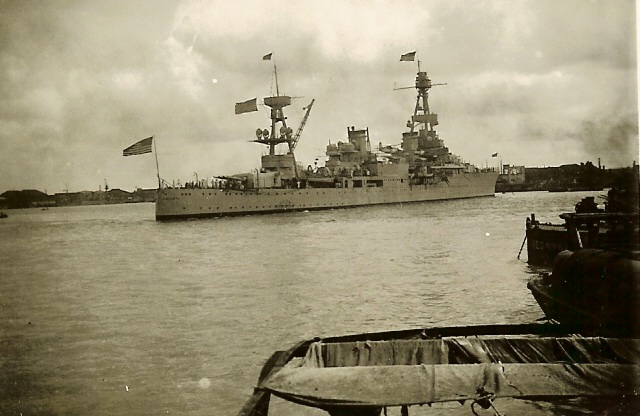
The Flagship of the Asiatic Fleet, the heavy cruiser USS Augusta, Shanghai. c. 1937
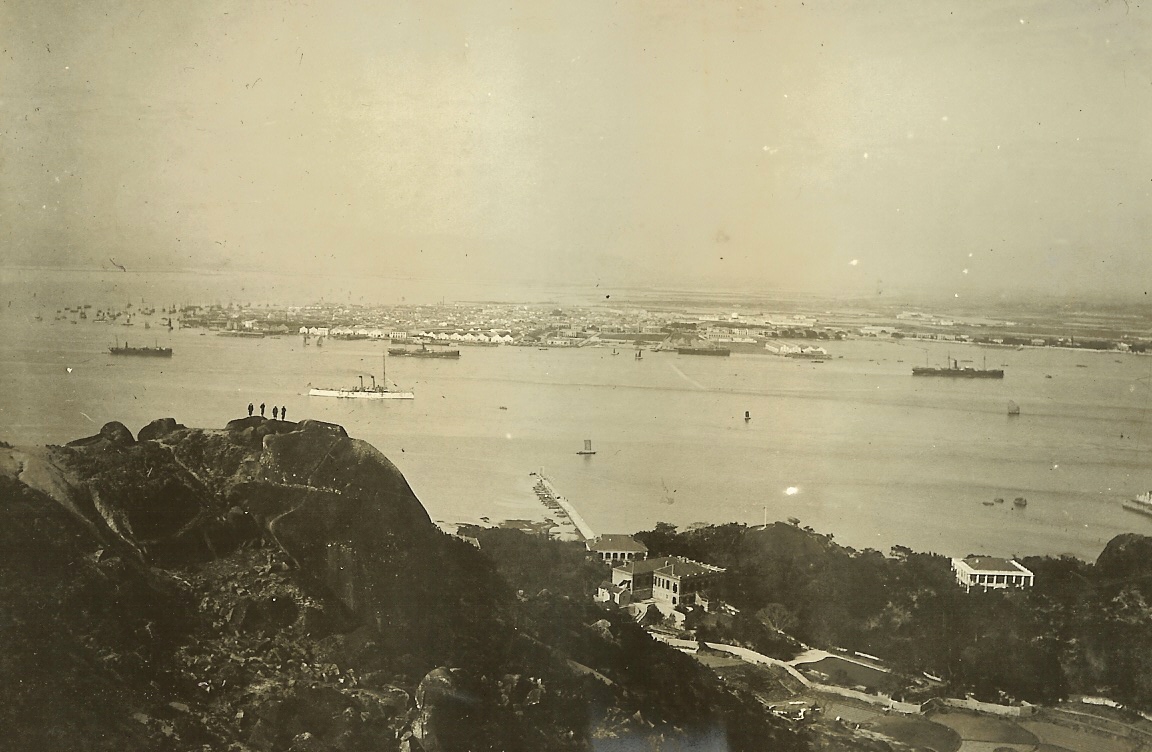
USS Cincinnati at the port of Swatow, China
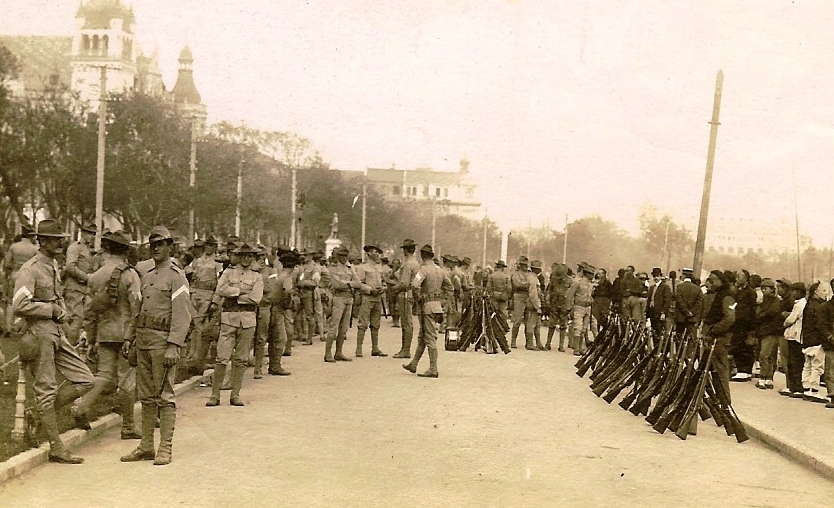
Marines on the Shanghai Bund, c. 1911
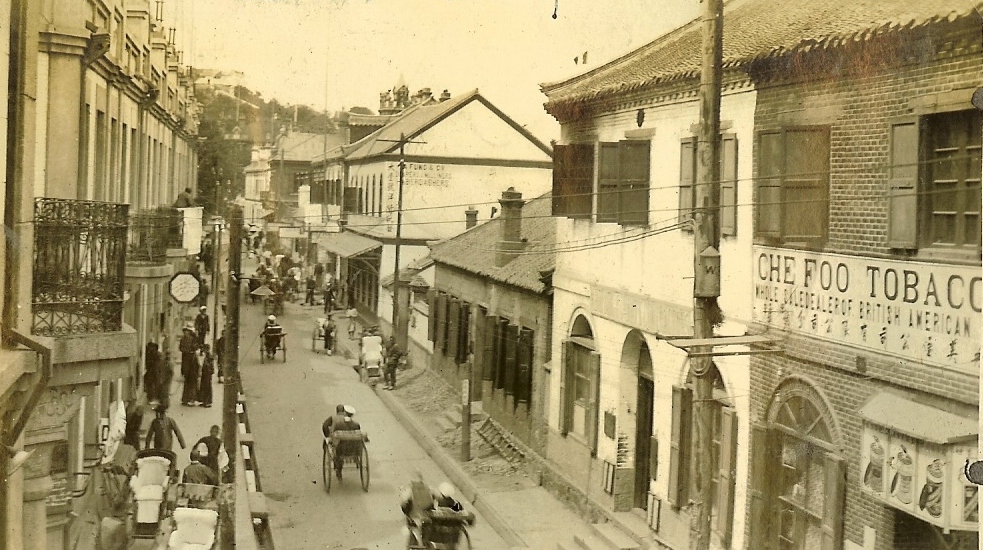
Chefoo
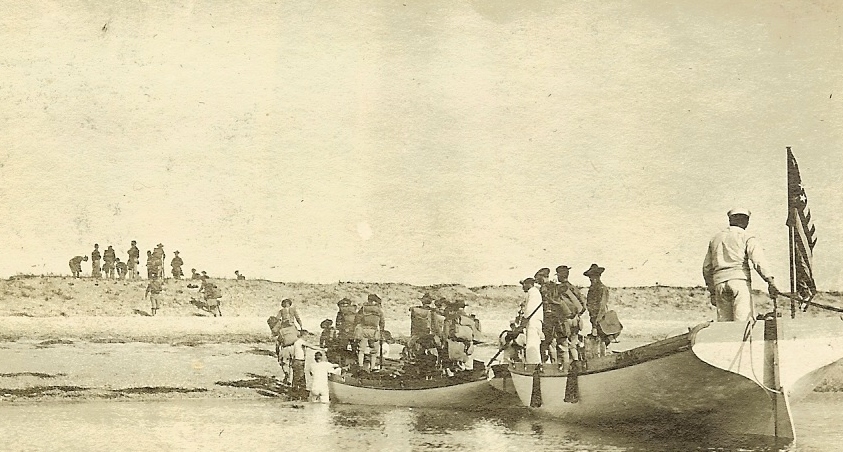
Marines coming ashore on Kentucky Island, October 1913
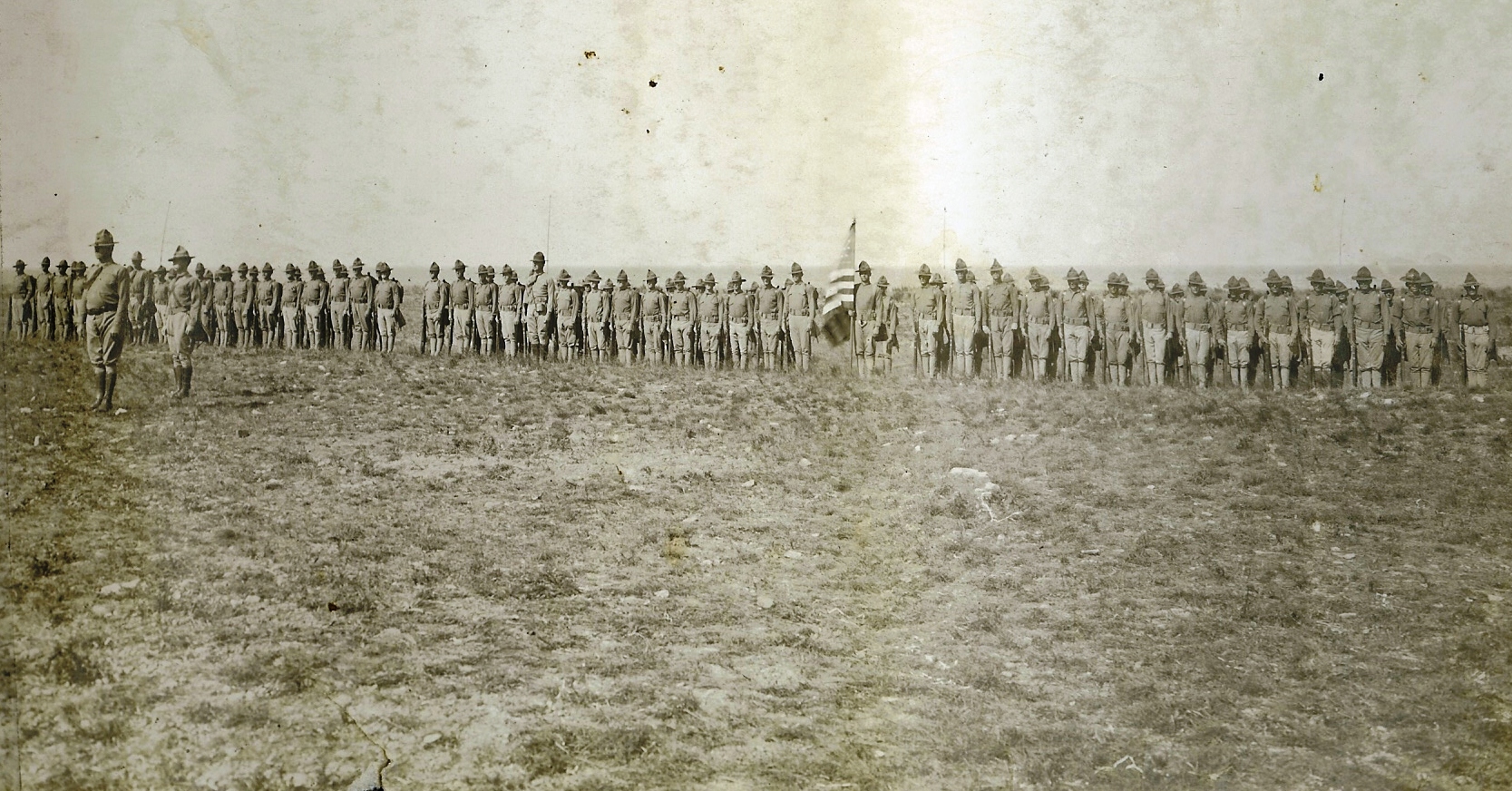
Asiatic Fleet Marines drilling on Kentucky Island. c.1914
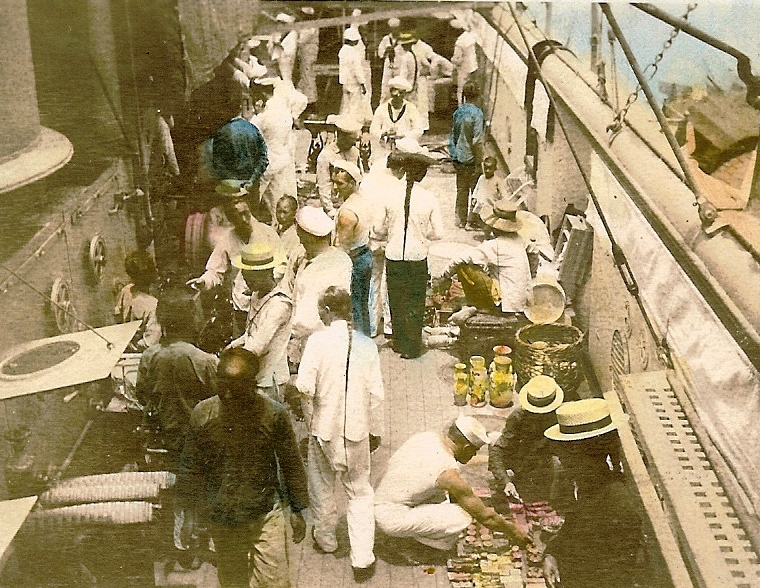
Chinese merchants selling their goods on-board a US warship. Sailors and Marines were eager buyers, but given tight restrictions placed upon the amount of personnel items they could possess, usually abandoned or sold many of their purchases when they changed ships.
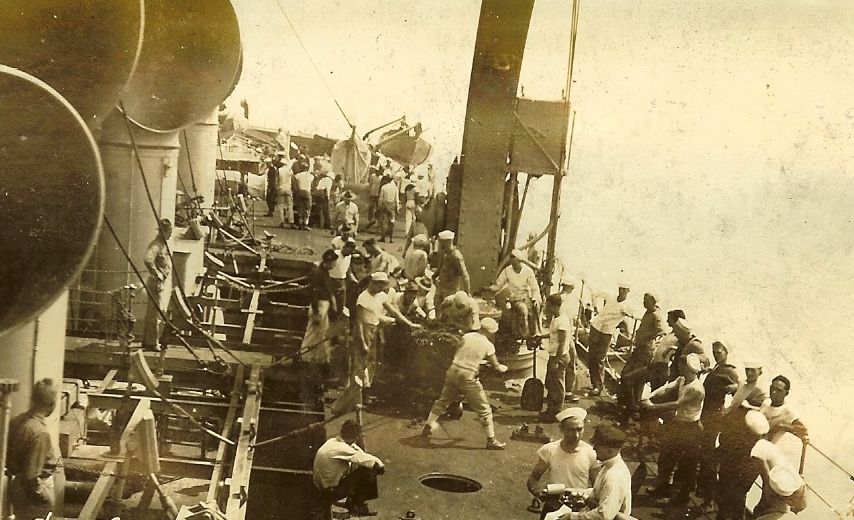
A coaling party on the USS Huron

Laundry Day on the USS Huron
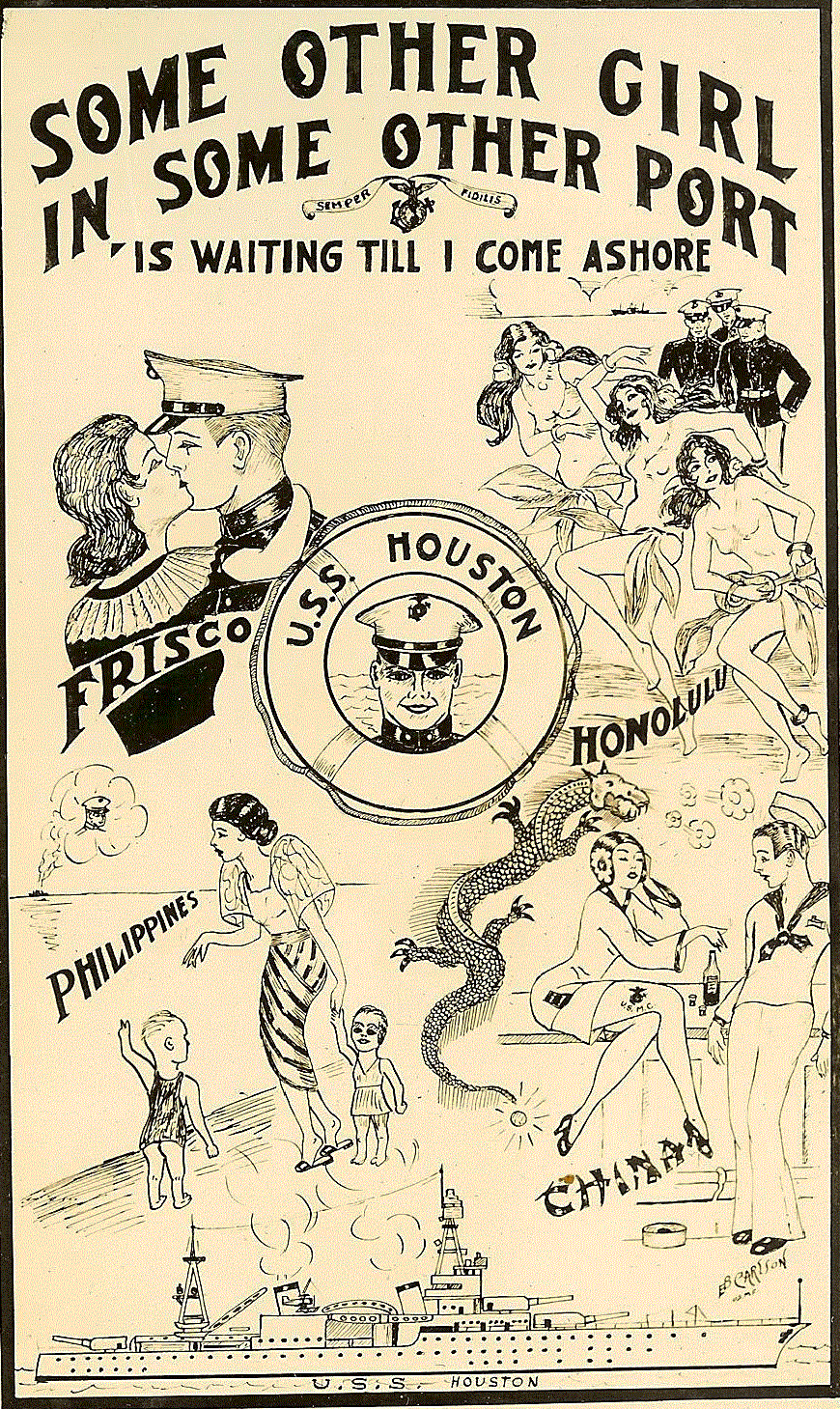
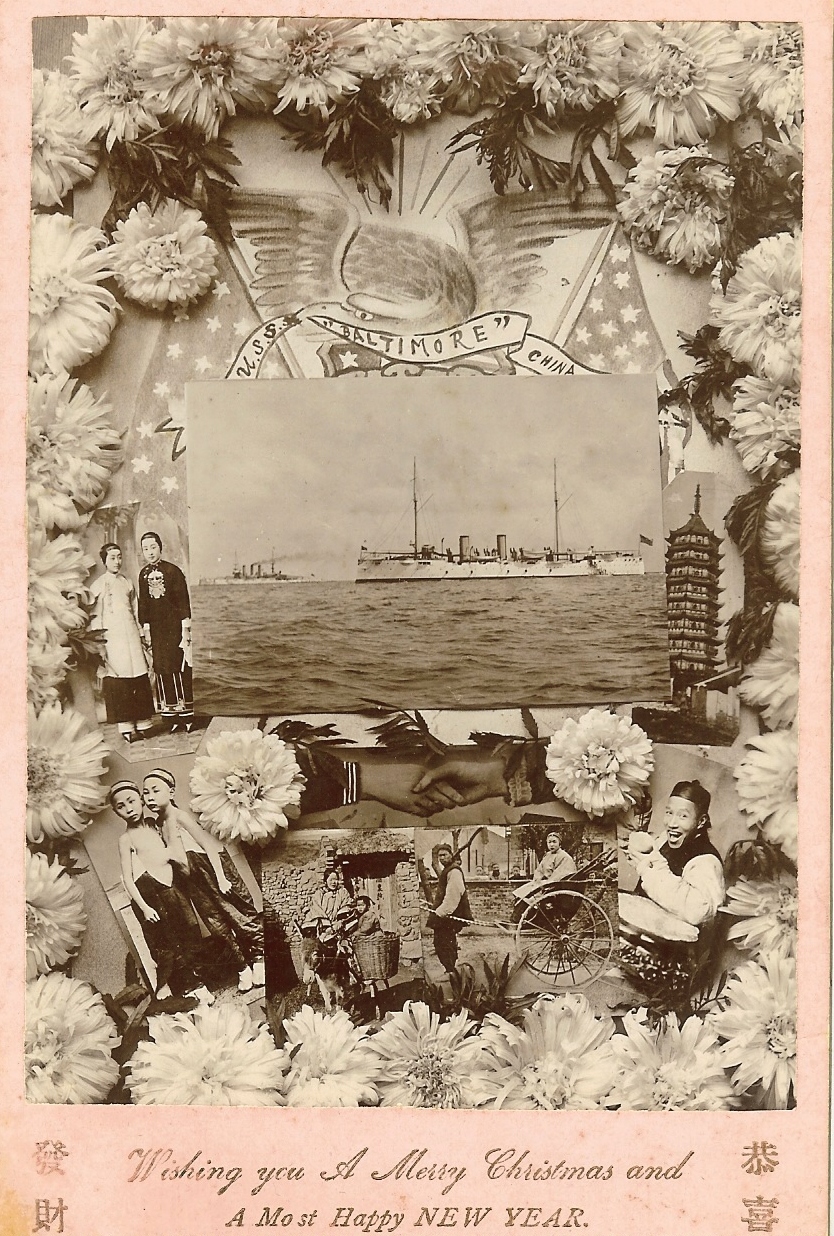

Christmas greeting cards such as this were popular with the men of the Asiatic fleet up to the start of WWI. Examples have been produced in both Hong Kong and Shanghai
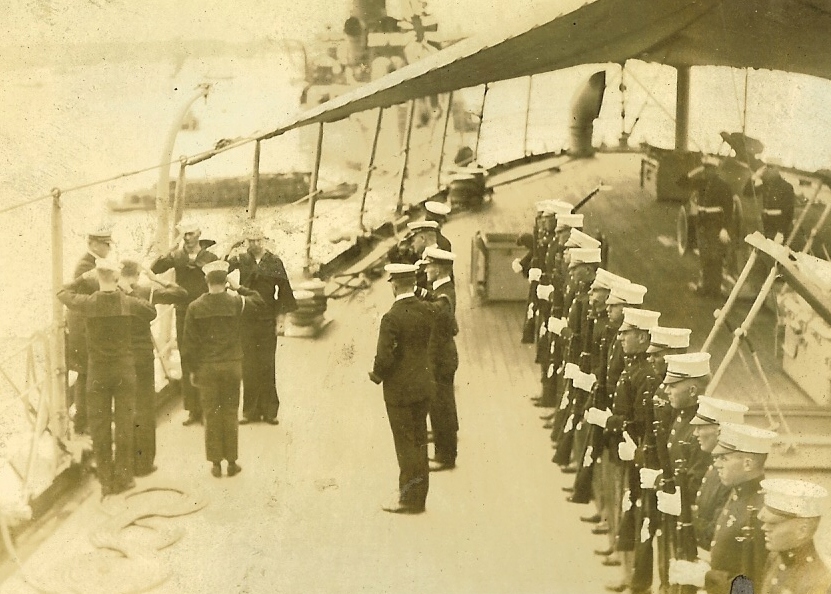
The USS Huron: Greeting Capt Washington, the new Skipper
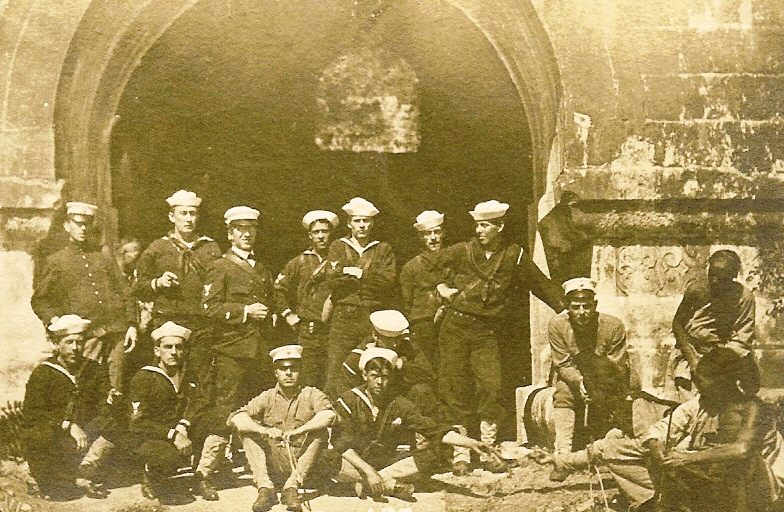
Marines and sailors enjoy liberty along the Yangtze. c. 1909-11
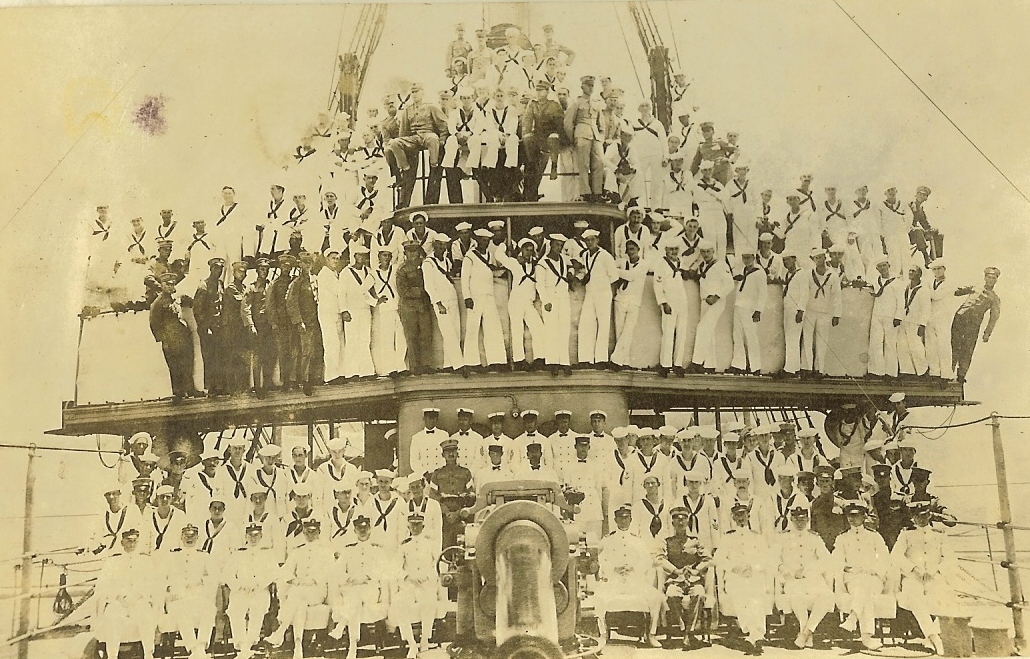
Crew of the USS Galveston c.1917 while serving on the Asiatic Station
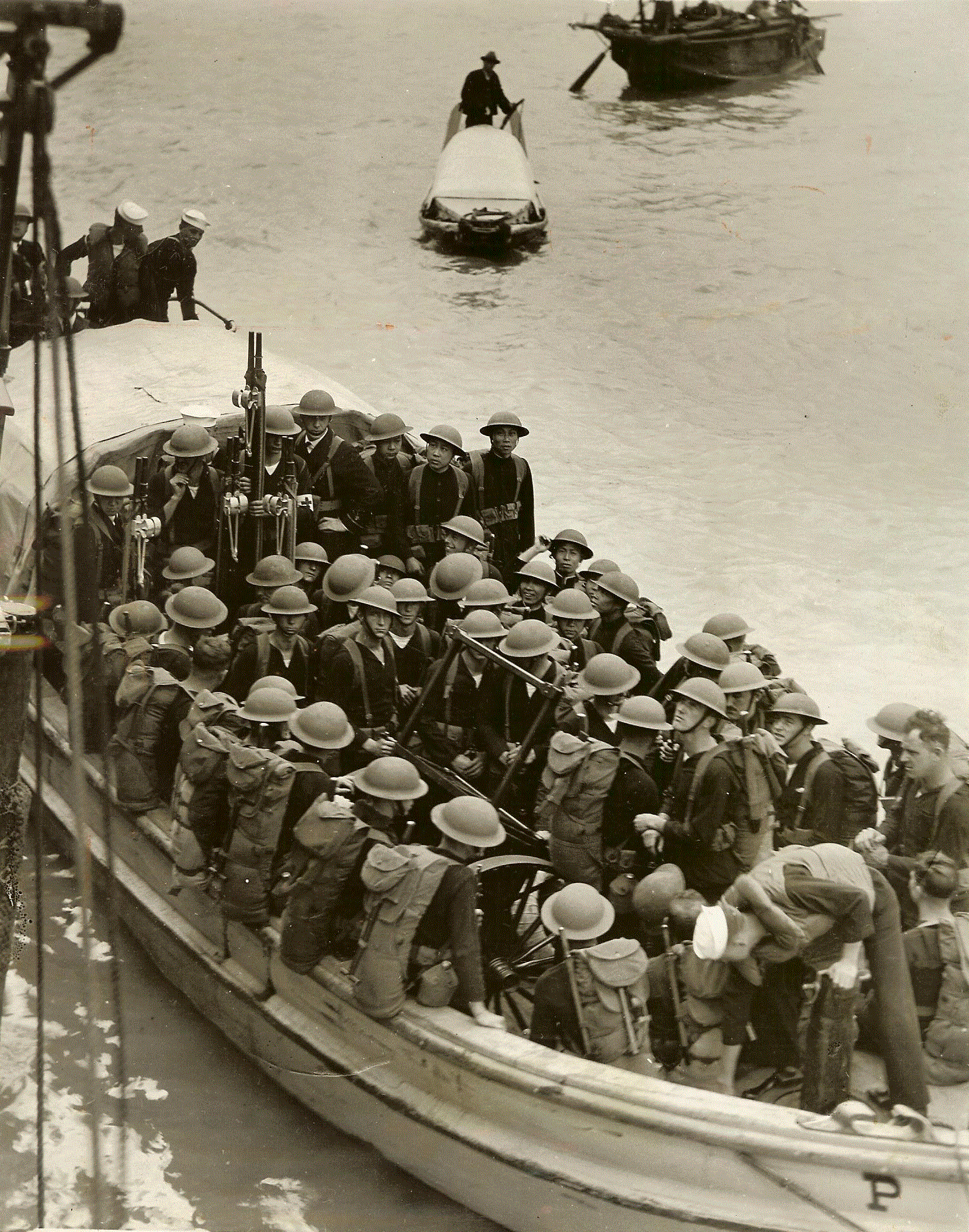
A Bluejacket Landing Force embarks from the USS Pittsburgh at the start of the 1932 Sino-Japanese Battle for Shanghai
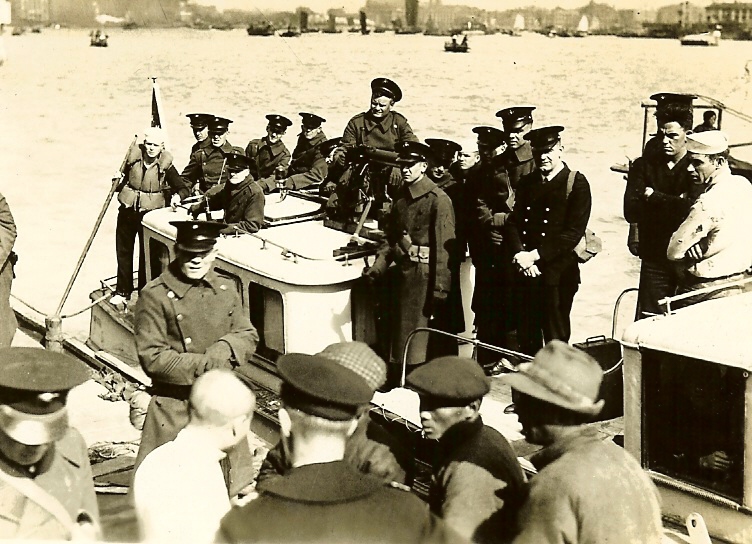
Marines from the USS Pittsburgh coming ashore, Shanghai, c. 1927.

An Asiatic Sailor's view of his world